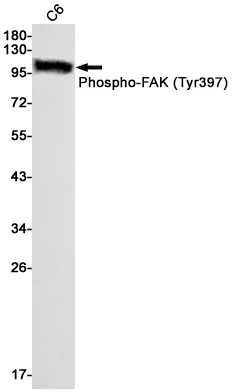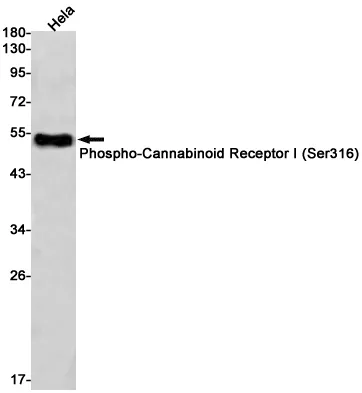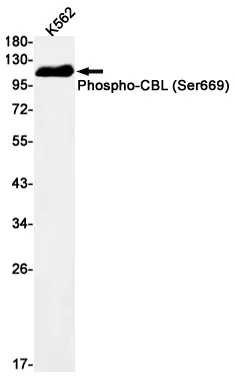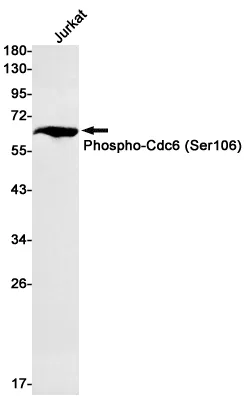Summary
Performance
Immunogen
Application
Background
Cell localization:Cytoplasm . Endoplasmic reticulum membrane ; Peripheral membrane protein ; Cytoplasmic side. Cytoplasm, perinuclear region . Binds preferentially to negatively charged phospholipids (PubMed:21900240). Colocalizes with CCHFV protein N in the perinuclear region (PubMed:15047845). .; [Isoform 2]: Cytoplasm . Nucleus . Translocates into the nuclei of HSV-1 infected cells (PubMed:20603636). ..This gene encodes a guanosine triphosphate (GTP)-metabolizing protein that participates in the cellular antiviral response. The encoded protein is induced by type I and type II interferons and antagonizes the replication process of several different RNA and DNA viruses. There is a related gene located adjacent to this gene on chromosome 21, and there are multiple pseudogenes located in a cluster on chromosome 4. Alternative splicing results in multiple transcript variants. [provided by RefSeq, Sep 2013],
Research Area




